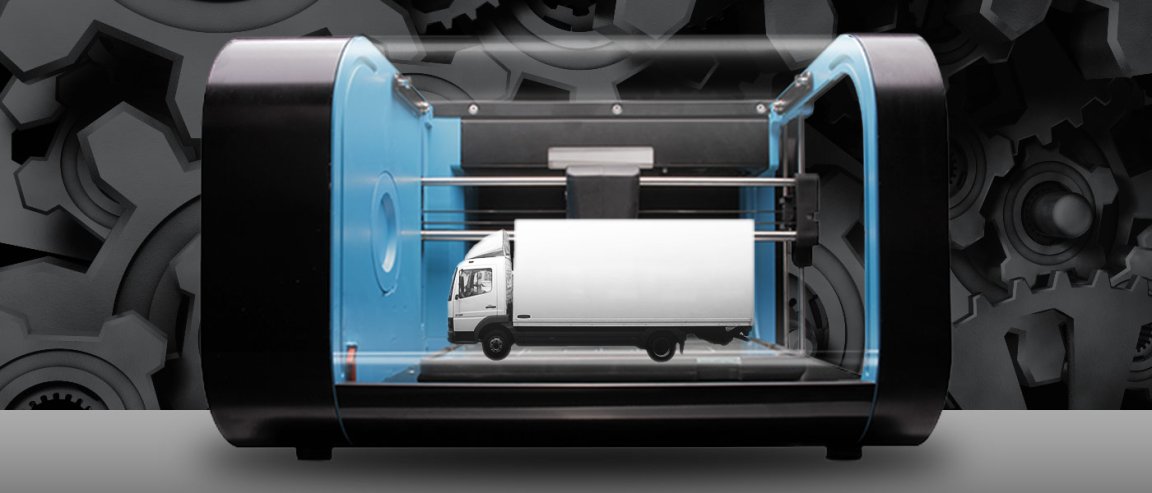
From Mass Production to Conservative 3D Printing
The world’s largest truck manufacturer, Daimler, will be 3D printing its spare parts instead of shipping parts all over the world.
Although 3D printing for trucks is limited to small batches of components and cannot be used to produce high-vehicle components such as metal body panels, taking advantage of the technology saves the company a great deal of overhead expense.

3D printing of spare parts cuts down on shipping expenses and only requires Daimler to send blueprints of the parts to a printer. Apart from shipping, 3D printing also cuts down on storage costs as well as excess production, allowing parts to be printed at small quantities. Even more, they can also produce obsolete parts in small volumes should the need ever occur.
Using the selective laser sintering (SLS) printing process, components are produced using lasers to melt powders into different materials, such as plastic, glass, and metal.
Industry-wide Adaptation
With 3D printing costs plummeting fast, it is no surprise that Daimler is not alone in jumping in on the 3D printing rave. Volkswagen and BMW have been using 3D printers to quickly create prototypes for years. Audi announced on Wednesday that they will be establishing a 3D center in their factory, located in Ingolstadt, Germany to generate steel and aluminum components and tools.
Apart from the fact that there is an expected 25-45% drop in the costs of additive manufacturing by 2020, developers the world over have been continuously building on the powers of 3D printing. Many innovations have surfaced in a short span of time, including 3D printers capable of producing superconductive metals, pororus artificial bones, living tissue structures, and many more.

As these machines develop in capacity, the efficiency they yield would help several industries not only develop better products but also cut down on expenses, as well as the wastes and pollution coupled with the current manufacturing processes.